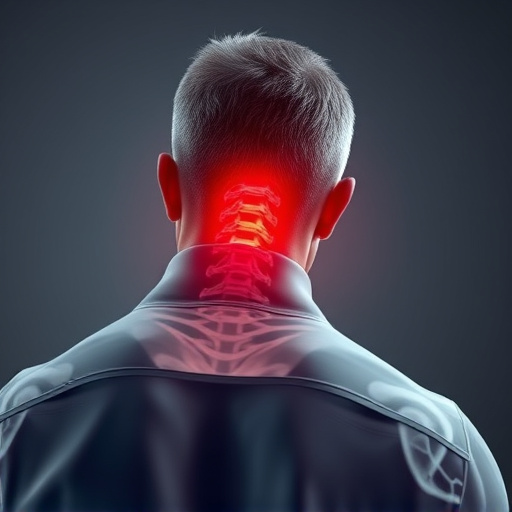Low-end power enhancement through strategic vehicle modifications improves performance at lower RPMs, boosting acceleration and drivability. Key techniques include air intake mods like high-flow filters or cold air intakes to increase oxygen inflow, enhancing engine output. Torque upgrades ensure engines generate more rotational force at low speeds for better towing capabilities. Optimizing MAF sensors and installing high-flow exhaust systems further improves combustion efficiency, leading to smoother everyday driving, improved fuel economy, faster 0-60 mph times, enhanced handling in sports cars, and efficient hauling in pickup trucks.
Low-end power enhancement is a game-changer for vehicle performance, especially in terms of air intake and torque. This article delves into the fundamentals of low-end power improvement, focusing on strategies to enhance air intake and boost towing capacity. We explore various components and techniques that can be employed, providing insights into real-world applications and benefits. By optimizing these key areas, drivers can experience improved performance, making their vehicles more capable and efficient on the road. Key SEO keywords like air intake, torque improvements, and towing are seamlessly integrated throughout.
- Understanding Low-End Power Enhancement: The Basics of Air Intake and Torque
- Strategies for Improving Air Intake and Towing Capacity: Components and Techniques
- Real-World Applications and Benefits: How Low-End Power Enhancement Boosts Performance
Understanding Low-End Power Enhancement: The Basics of Air Intake and Torque

Low-end power enhancement is a popular modification for vehicles, focusing on boosting performance at lower RPMs, which translates to better acceleration and improved overall drivability. This can be achieved through various means, with air intake and torque improvements being two of the most common strategies.
Air intake modifications involve enhancing the airflow into the engine, allowing it to draw in more oxygen during combustion. This simple yet effective process can significantly increase power output, especially at low RPMs. By upgrading the air intake system, such as installing high-flow air filters or cold air intakes, engines can breathe easier, leading to improved torque and towing capabilities. Torque, a measure of rotational force, is crucial for powerful low-end performance. Enhancing it ensures that the engine generates more force at lower speeds, resulting in quicker acceleration and better control during heavy loads like towing.
Strategies for Improving Air Intake and Towing Capacity: Components and Techniques

Enhancing air intake and boosting towing capacity are key strategies for optimizing a vehicle’s performance, especially on low-end power outputs. This can be achieved through several components and techniques designed to increase airflow and reduce restrictions. One effective method is the installation of high-flow air filters, which allow for greater air ingestion while trapping contaminants, ensuring cleaner air reaches the engine. Additionally, upgrading the mass air flow (MAF) sensor can provide more accurate readings, enabling the engine control unit (ECU) to adjust fuel injection accordingly, resulting in improved torque and better overall performance.
For towing capacity, investing in a high-flow exhaust system can significantly make a difference. By reducing backpressure, this upgrade allows for smoother airflow, enhancing engine power and torque, particularly at lower RPMs. Furthermore, adding a cold air intake system, which draws in cooler air from outside the engine compartment, can provide an additional boost in performance due to the density of cold air being more rich in oxygen molecules, thus improving combustion efficiency and increasing towing capabilities.
Real-World Applications and Benefits: How Low-End Power Enhancement Boosts Performance

In everyday driving, low-end power enhancement plays a significant role in improving overall vehicle performance. By optimizing air intake and enhancing torque at lower RPMs, cars can deliver more power when it’s needed most, such as during acceleration or towing. This translates to better fuel efficiency and smoother driving experiences, making low-end power enhancements particularly appealing for both everyday commuters and enthusiasts.
Real-world applications of these improvements are vast. For instance, in vehicles designed for towing, like pickup trucks, boosting low-end torque ensures a more responsive and efficient haul. It means easier acceleration with a fully loaded trailer, reducing driver stress and improving overall utility. Similarly, in sports cars, air intake torque improvements can lead to faster 0-60 mph times and better handling, providing drivers with enhanced performance both on the road and at the track.
Low-end power enhancement, through strategic air intake and torque improvements, offers significant benefits for vehicles in real-world applications. By optimizing these components, you can boost towing capacity and overall performance, making your vehicle more versatile and efficient. These techniques, discussed in this article, provide an accessible way to enhance your driving experience, especially for those who regularly engage in towing tasks. Implement these strategies to unlock the full potential of your low-end power and enjoy a smoother, more capable ride.














